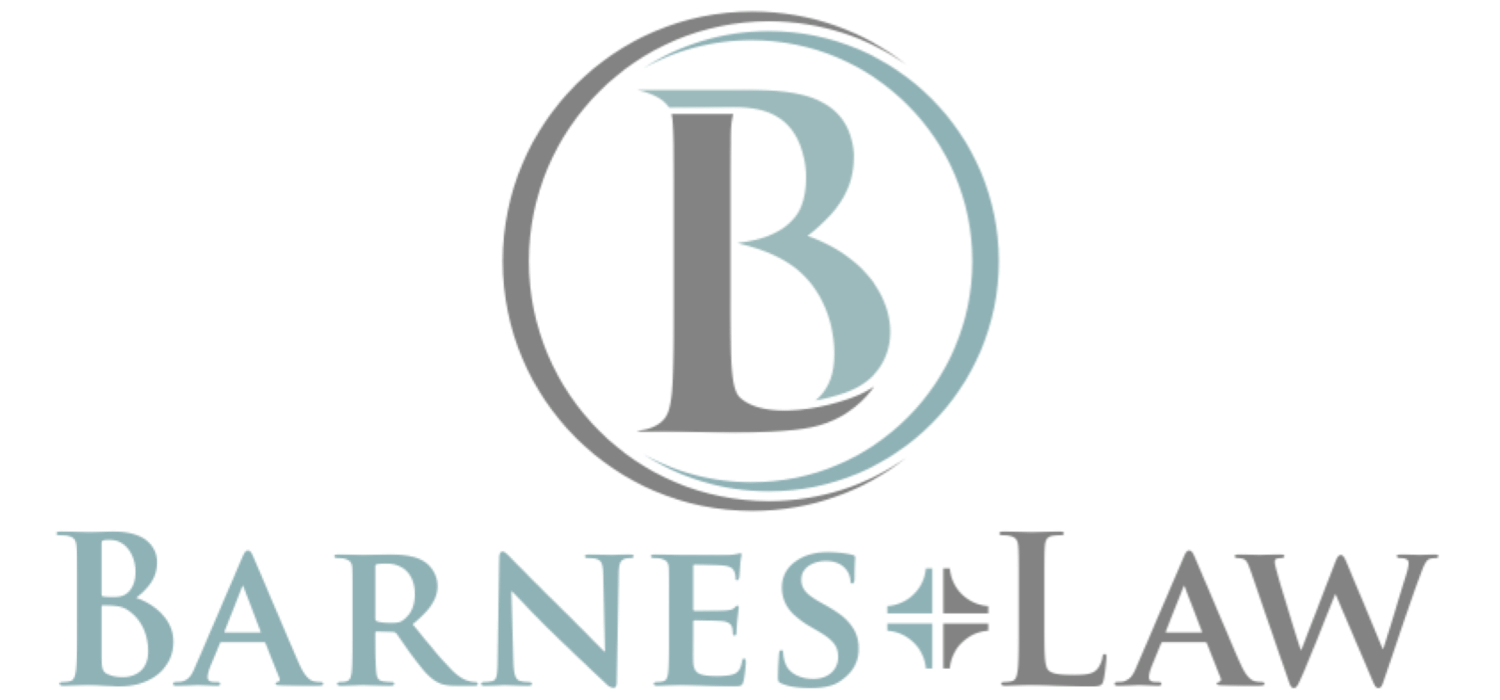We have recently seen an upsurge in the number of clients (businesses and individuals) interested in seeking trademark protection for certain words, phrases or symbols used to market their products or services. Confusion reigns about this protection. Most people seem to think that you can just start using a particular name for a particular product, file that name with the USPTO, and move along with your business. Nothing could be further from the truth!
Developing a trademark (or service mark) is something that should be done with care, caution, and with the input of trusted advisors. Marketing and legal departments should work “arm-in-arm” to ensure the most seamless transition from product manufacture to product marketing. A business should not presume that, because no other company is “using the name,” the USPTO will grant the registration of a particular trademark for a particular product.
Several general principles are important to note when considering a trademark.
- One major purpose of a trademark is to help customers or potential consumers identify the source or owner of a particular product.
- Both State and Federal law govern trademarks. The main federal statute on point is the “Lanham Act,” enacted in 1946 and recently amended in 1996.
- Distinctiveness is crucial in maintaining protection afforded by a trademark, and the courts (and regulators) categorize marks into four (4) main divisions:
- Arbitrary (or Fanciful)
- Suggestive
- Descriptive
- Generic
- The strongest marks are those which are arbitrary, meaning they have no correlation to the underlying product. Think, for example, about Apple, Nike, Nokia, or Sony. None of these words/marks have any relationship whatsoever to the respective products – Computers, Shoes, Cellphones, or TVs. The connection between the product and the mark is arbitary, and thus easy for the consumer to associate the brand with the underlying product distinctively.
- Suggestive marks are somewhat linked to their underlying product or service. The link is a “suggestion” which usually has a bit of an “Aha!” moment for the consumer. Coppertone or Blu-Ray are examples of marks that make a connection with the underlying product. These types of marks are afforded high protection.
- Descriptive marks actually describe the underlying product, and typically do not afford protection unless they have achieved a “secondary meaning.” In other words, the mark has been established as distinctive through extensive use of the mark in commerce. These types of marks (Honey Bunches of Oats, for example) are only granted protection if distinctiveness is shown.
- Generic marks do not receive protection, because they use words or concepts which are in the general public use to describe certain products. Someone selling Cellphone Brand cellphones would likely not receive trademark protection, because the name “Cellphone” is a generic word which is used generally to describe the product.
Too frequently, businesses believe that their intellectual property marks are protected simply because they have reserved a website URL or even because they have been given a name reservation by the Secretary of State. Entrepreneurs who do not take the time to review and consider their branding in light of trademark law run the risk of 1) losing any possible chance to make such brand distinctive, or 2) even worse, running afoul of some other entity’s rights in a particular mark.
The moral of the story for business owners, entrepreneurs, and marketing departments is: Take the time to involve your trusted legal team in the concept BEFORE you push the product or service to market under a particular name!
